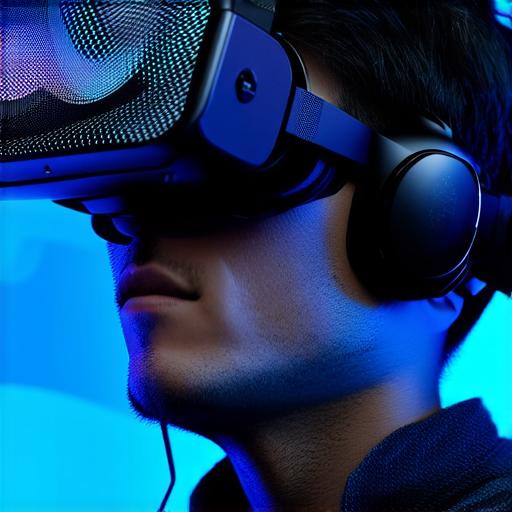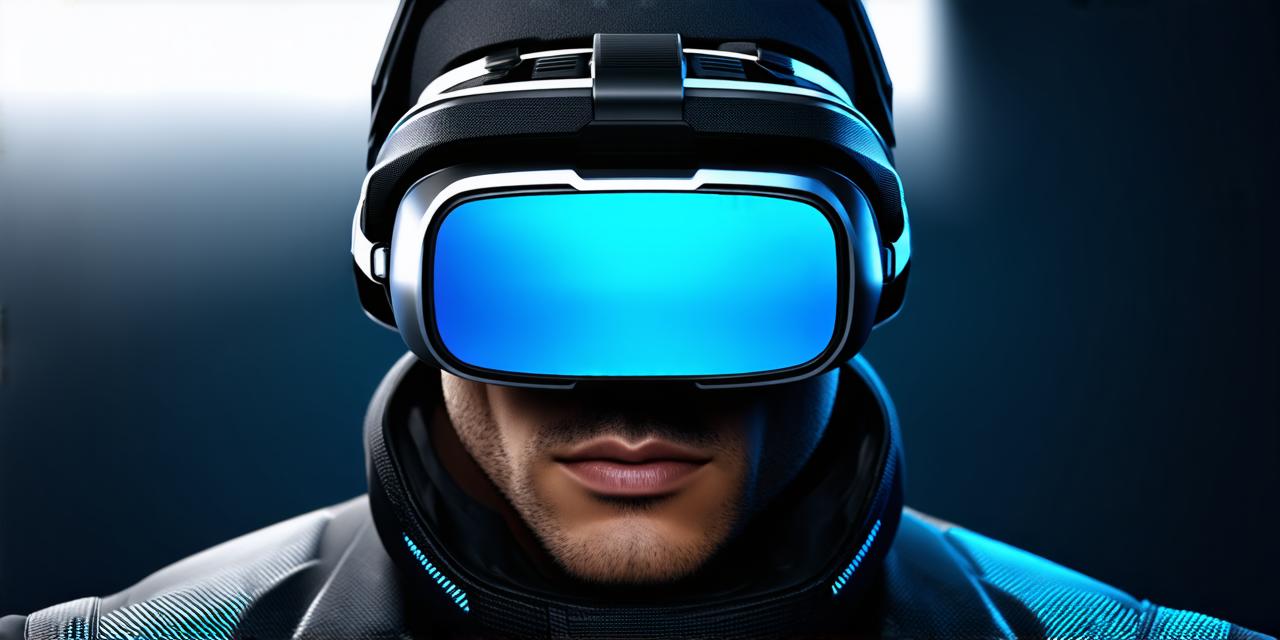Understanding the Risks of VR Headset Use
Virtual reality headsets use a combination of displays and sensors to create an immersive experience that tricks our brains into thinking we are in a different environment. While this technology has many benefits, there are also potential risks associated with its use, particularly when it comes to our eyes. Some of the most significant risks include:
- Eye strain and fatigue: Virtual reality headsets require us to focus our eyes for extended periods, which can lead to eye strain and fatigue.
- Motion sickness: VR headset use can cause motion sickness in some individuals, particularly those who are prone to it or have a history of it.
- Depth perception issues: Virtual reality headsets can disrupt our depth perception, making it difficult to navigate real-world environments safely.
Case Studies of VR Headset Use and Eye Health Issues
While there is still much research needed on the long-term effects of virtual reality headset use on our eyes, there are some case studies that provide insights into the potential risks associated with this technology. For example:
- A study published in the journal Frontiers in Human Neuroscience found that individuals who spent extended periods wearing virtual reality headsets experienced a decrease in contrast sensitivity and visual acuity.
- Another study published in the Journal of Visual Impairment and Blindness found that virtual reality headset use can cause symptoms similar to those of motion sickness, including dizziness, nausea, and disorientation.
- A study published in the journal Human Factors found that virtual reality headset use can cause eye strain and fatigue in some individuals, particularly those who spend long periods in a virtual environment.
How to Protect Your Eyes While Using VR Headsets
Some of the most effective strategies for protecting your eyes while using virtual reality headsets include:
- Taking regular breaks: It’s important to take regular breaks when using virtual reality headsets to give your eyes a chance to rest and recover.
- Adjusting the settings: Most virtual reality headsets have adjustable settings that allow you to customize the display and other features to meet your individual needs. For example, you may be able to adjust the brightness or contrast settings, or increase the size of the virtual environment to make it easier to navigate.
- Using eye drops: Dry eyes can be a common problem when using virtual reality headsets, particularly for individuals who spend extended periods in a virtual environment. Using eye drops can help alleviate this issue and keep your eyes feeling comfortable.
- Wearing glasses or contacts: If you have a history of visual impairment or need to wear glasses or contacts in order to see clearly, it’s important to wear them while using virtual reality headsets. This can help improve your overall vision and reduce the risk of eye strain and other issues.

Additional Tips for Protecting Your Eyes While Using VR Headsets
Some additional tips for protecting your eyes while using virtual reality headsets include:
- Keeping the room well-lit: Dark environments can be disorienting and can make it more difficult to focus on the virtual environment. Ensuring that the room is well-lit can help reduce eye strain and fatigue.
- Adjusting the seating position: Sitting too close or too far away from the VR headset can also affect your comfort and ability to navigate the virtual environment. Finding the right seating position can help reduce eye strain and fatigue.
- Taking breaks to stretch: Stretching your body and eyes during breaks can help improve circulation and reduce discomfort.
- Using a comfortable headset: Choosing a VR headset that is comfortable for your head and face shape can also help reduce eye strain and fatigue.
In Conclusion
Virtual reality headsets have many benefits, but it’s important to be aware of the potential risks associated with their use, particularly when it comes to our eyes. By taking regular breaks, adjusting the settings, using eye drops, wearing glasses or contacts, keeping the room well-lit, adjusting the seating position, stretching, and choosing a comfortable headset, you can help protect your eyes while using VR headsets. If you experience any discomfort or symptoms while using VR headsets, it’s important to seek medical attention.
